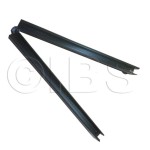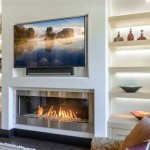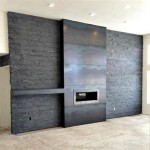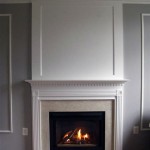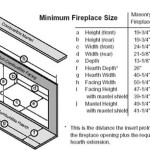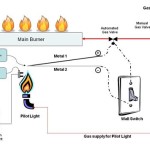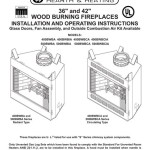How to Install a Ventless Fireplace Insert
Ventless fireplace inserts are a popular choice for homeowners who want the ambiance of a traditional fireplace without the hassle of venting. These inserts are designed to burn fuel efficiently and produce minimal smoke and ash, making them ideal for smaller homes or apartments. Ventless inserts are relatively easy to install, and with the right tools and materials, you can do it yourself.
Step 1: Prepare the Fireplace
Before installing your new ventless fireplace insert, you need to prepare the existing fireplace. This includes removing the existing fireplace grate, firebox, and any other components. It's important to clean thoroughly the space where the new insert will be installed. This includes removing any debris, soot, or ash that might be present.
Step 2: Check the Installation Requirements
Ventless fireplace inserts come with specific installation requirements that need to be followed. It's important to consult your manufacturer's instructions and local building codes to ensure that the installation is safe and compliant. Make sure to measure the existing fireplace opening and compare it to the dimensions of the insert. If the existing fireplace opening is too large, you may need to purchase a frame or mortar mix to fill the gaps. If the opening is too small, you may need to adjust the opening before installing the insert.
Step 3: Installing the Ventless Fireplace Insert
Once the fireplace is ready, you can begin installing the ventless fireplace insert. First, you need to connect the insert to the gas line. Make sure to use the correct fitting and sealing tape to create a secure connection. You should also install the venting system. This system helps to draw smoke and combustion byproducts out of the room, keeping the air clean. Some ventless inserts come with a built-in venting system. In other cases, you may need to purchase a separate system as an accessory. Once the insert is connected to the gas line and the venting system is in place, you need to secure the insert in the fireplace. This might involve the use of brackets, screws, or other methods.
Step 4: Testing the Ventless Fireplace Insert
After the insert is installed, you need to test it to ensure that it's working properly. Turn on the insert according to the manufacturer's instructions. Check if the flames are burning evenly and there are no leaks or other issues. If you notice any issues, turn off the insert and contact a qualified professional for assistance.
Step 5: Finishing Touches
Once the ventless fireplace insert is installed and tested, you can finish the installation by adding any trim or molding around the insert. You can also add a decorative screen or other decorative elements to enhance the look of your fireplace. It's advisable to consult with a professional if you want to make any significant changes to the fireplace opening or the surrounding framing.
Installing a ventless fireplace insert is a DIY project that can be completed by most homeowners with basic DIY skills. However, it is important to follow the manufacturer's instructions and local building codes for a safe and compliant installation. If you have any doubts or are not comfortable completing any of the steps, it's always best to consult a qualified professional.

Ventless Gas Fireplace Insert Installation Framing Wall For

How To Install A Ventless Natural Gas Fireplace

How To Select And Install A Gas Fireplace Log Set Fireplaces Direct Learning Center

Ventless Gas Fireplace Insert Installation Framing Wall For

How To Install A Ventless Natural Gas Fireplace

How To Put In A Fireplace That S Vent Free
.aspx?strip=all)
Ventless Fireplaces Explained Safety Of Vent Free Fires

Ventless Gas Fireplace Maintenance Guide Fireplaces Direct Learning Center

How To Install A Ventless Natural Gas Fireplace

Ventless Gas Fireplace Propane
Related Posts

